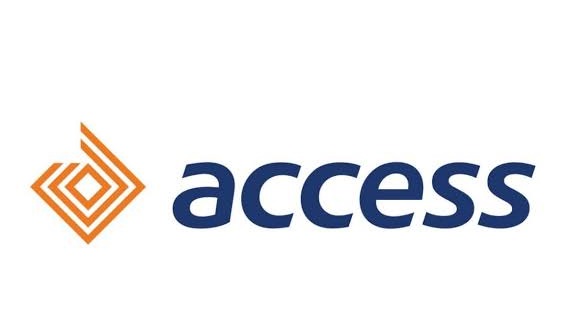- Search for topics or project materials by department. 2015/2016 Research Work 46 ARCHITECTURE 12 Accounting 158 Agriculture & Farming 21 Arts and Crafts 25 BIOCHEMISTRY 30 Bank & Finance 45 Biology 1 Business Administration 162 CHEMICAL ENGINEERING 18 Career People 18 Computer Science 0 Computer Science 244 Computer Science E-books 0 ECONOMICS 117 EDUCATION 78 ELECTRICAL ELECTRONICS 88 ENGLISH 14 ESTATE MANAGEMENT 16 Electrical Electronics 0 Food 19 Forum 0 General Topics 4 HOSPITALITY & TOURISM 123 Import & Export 10 Land Survey & Geoinformatics 68 Law 7 MARKETING 37 Marketing & Advertising 11 Mass communication 155 Masters and Doctorate 118 Mechanical Engineering books 0 Media & Publishing 6 Medical Science E-books 0 Micro Biology 4 Micro Biology 8 OTHERS 0 Oil & Gas 11 Online & Internet 36 POLITICAL SCIENCE 0 Program / Source Code 0 Programming E-books 0 Public Administration 25 Real Estate 20 Religious E-boooks 0 Retail 20 STATISTICS 17 Science Laboratory 0 Science laboratory 56 Sermons & Prophecies Ebook 0 Services 19 Small Scale Manufacturing 21 System Applications 0 Technology 30
A MOBILE LEARNING SYSTEM FOR NIGERIAN UNIVERSITIES
A MOBILE LEARNING SYSTEM FOR NIGERIAN UNIVERSITIES
ABSTRACT
This work develops a model which handles massive integration of three core entities in a client server logic for the Mlearning system. The proposed model is based on Object oriented design methodology, OOADM for Mlearning. The motivation to this work is to place in the hands of everyone the ability to learn at anytime and anywhere. The programming language used is Java Micro Edition, J2ME for mobile devices. The university community, NAU was used as the sample space. A successful result was obtained as some Computer Science students used it to submit their assignment.
CHAPTER ONE
INTRODUCTION
1.0 Introduction
Mobile devices such as laptop computers, personal digital assistants, mobile
phones and so on are growing in their computing capabilities and are becoming
more and more part of our everyday life. Advances in technology have provided
these devices with wireless interfaces that allow networked communication
even while user is mobile. According to Forman et al. 1994, wireless
networking enhances the utility of portable computing devices. It allows mobile
user versatile communication with other people and expedient notification of
important events. It also permits continuous access to the services and resources
of land based network
A mobile phone is also known as wireless phone, cell phone or cellular
telephone. Wikipedia 2006 recorded that the first commercial mobile service
was launched in Japan by NTT in 1978. It was considered the most widely
spread technology and the most common electronic digital device in the world.
This assertion is supported by Wikipedia release of November, 2007 where it
was recorded that the total number of mobile phone subscribers in the world had
reached 3.3 billion, or half the human population.
1.1 Background of Study
In the past, formal education was presented in a classroom where the tutor and
learners interact with each other directly and the technology acts as an extra tool
to support the tutor. This traditional form of learning characterized by facetoface
provision between tutor and learners in the learning group and it based on
interpersonal communications Keegan, 2002. As a result, this form has some
physical presence restrictions.
Distance learning appeared into use as a consequence of the technological
developments associated with the Industrial Revolution to overcome the ...Get Complete Material.
View Related Projects
A CRITICAL ANALYSIS OF THE FACTORS FOR THE LOW IMPACT OF FOREIGN AID ON THE SOCIOECONOMIC DEVELOPMENT OF NIGERIA, 1960 – 1985
ABSTRACTForeign aid inflows in Nigeria have grown significantly in the independence period. Many studies have tried to...
Continue readingSPATIAL SEGREGATION TO ENHANCE PASSENGERS’ COMFORT AND SECURITY
ABSTRACTTransportation is a requirement for every nation, regardless of its industrial capacity, population size, or t...
Continue readingEFFECT OF MICRO-ALLOYING ON THE STRUCTURE AND MECHANICAL PROPERTIES OF Al-4%Cu ALLOY
ABSTRACTThe effect of micro alloying on the structure and mechanical properties of aluminium4 copper alloy was studi...
Continue reading

